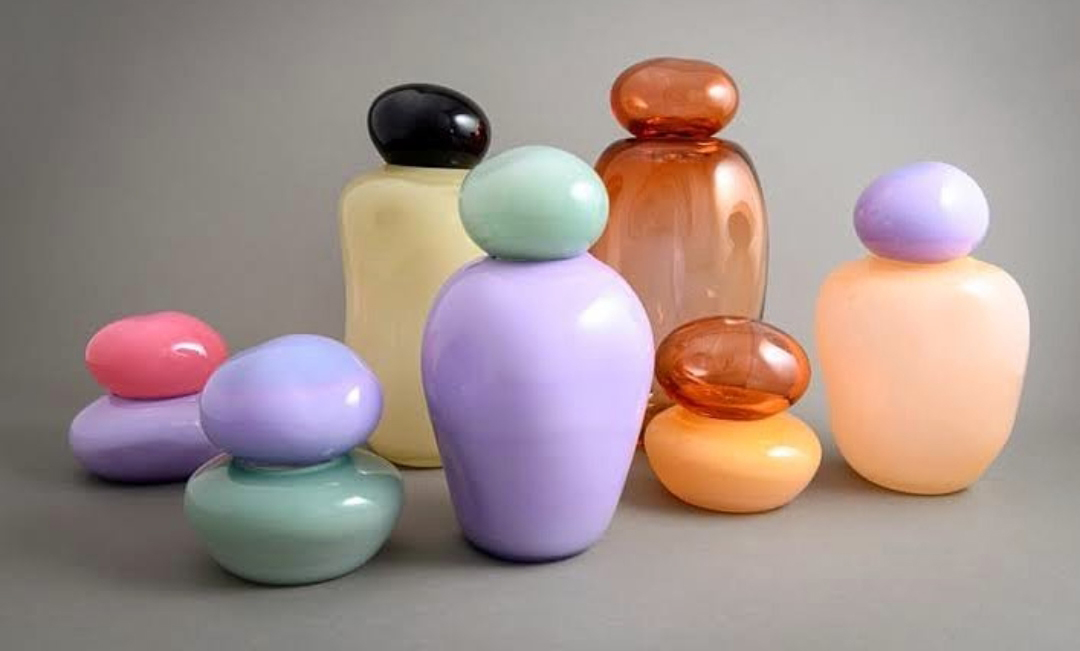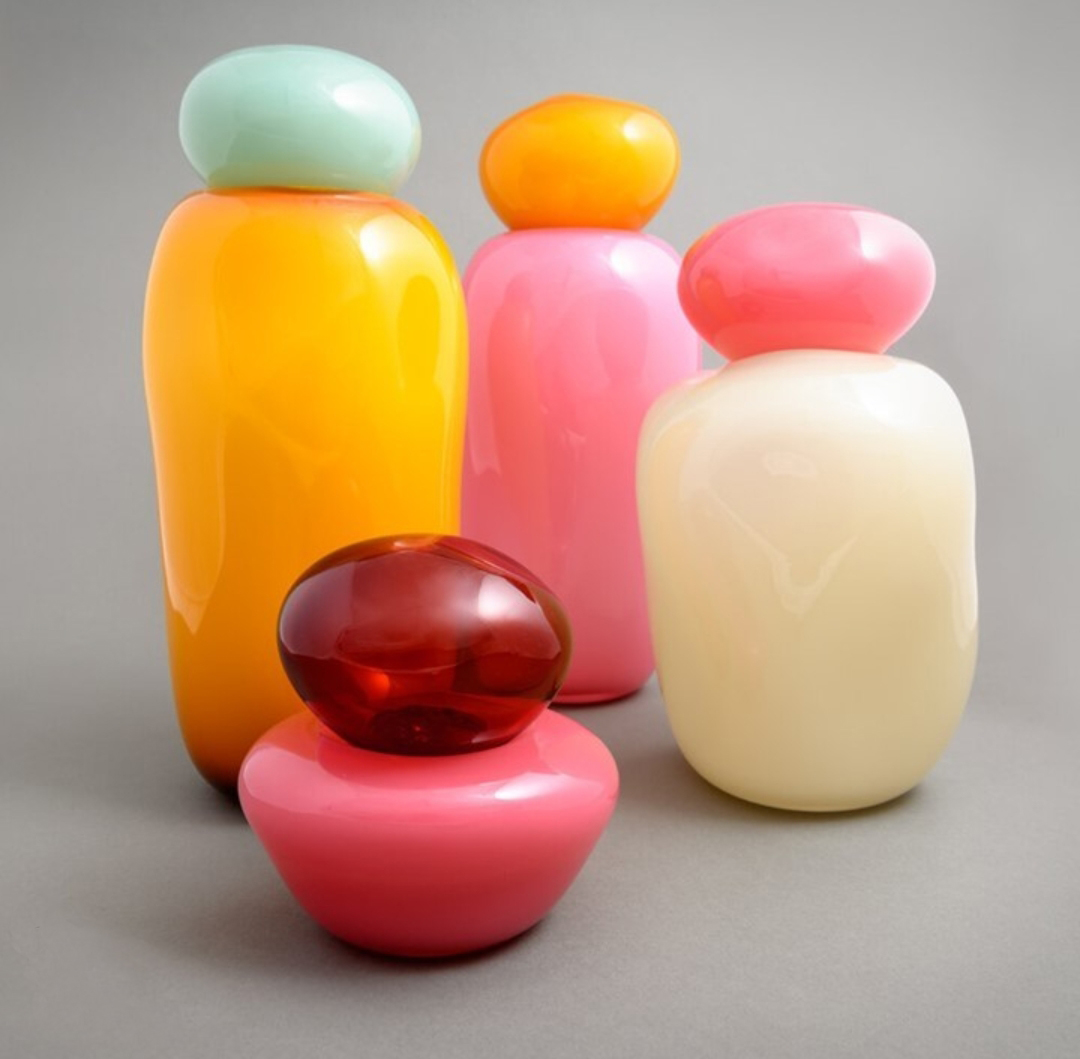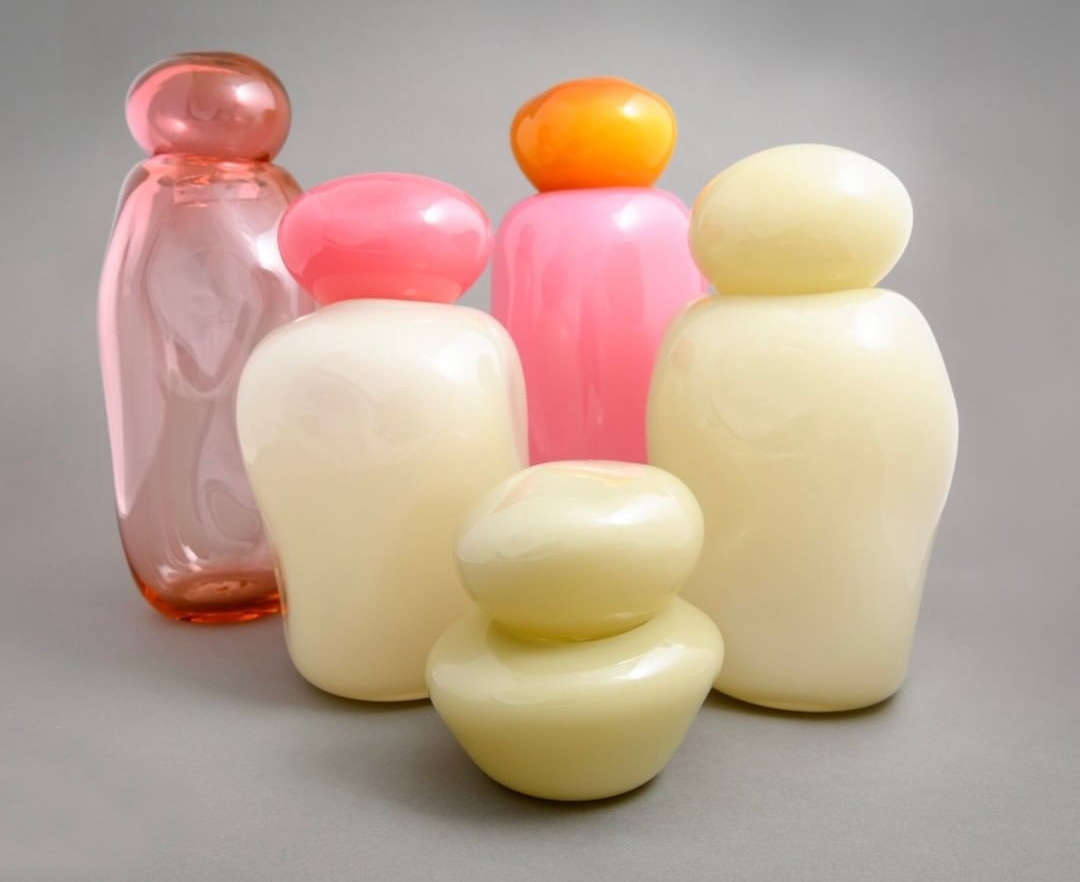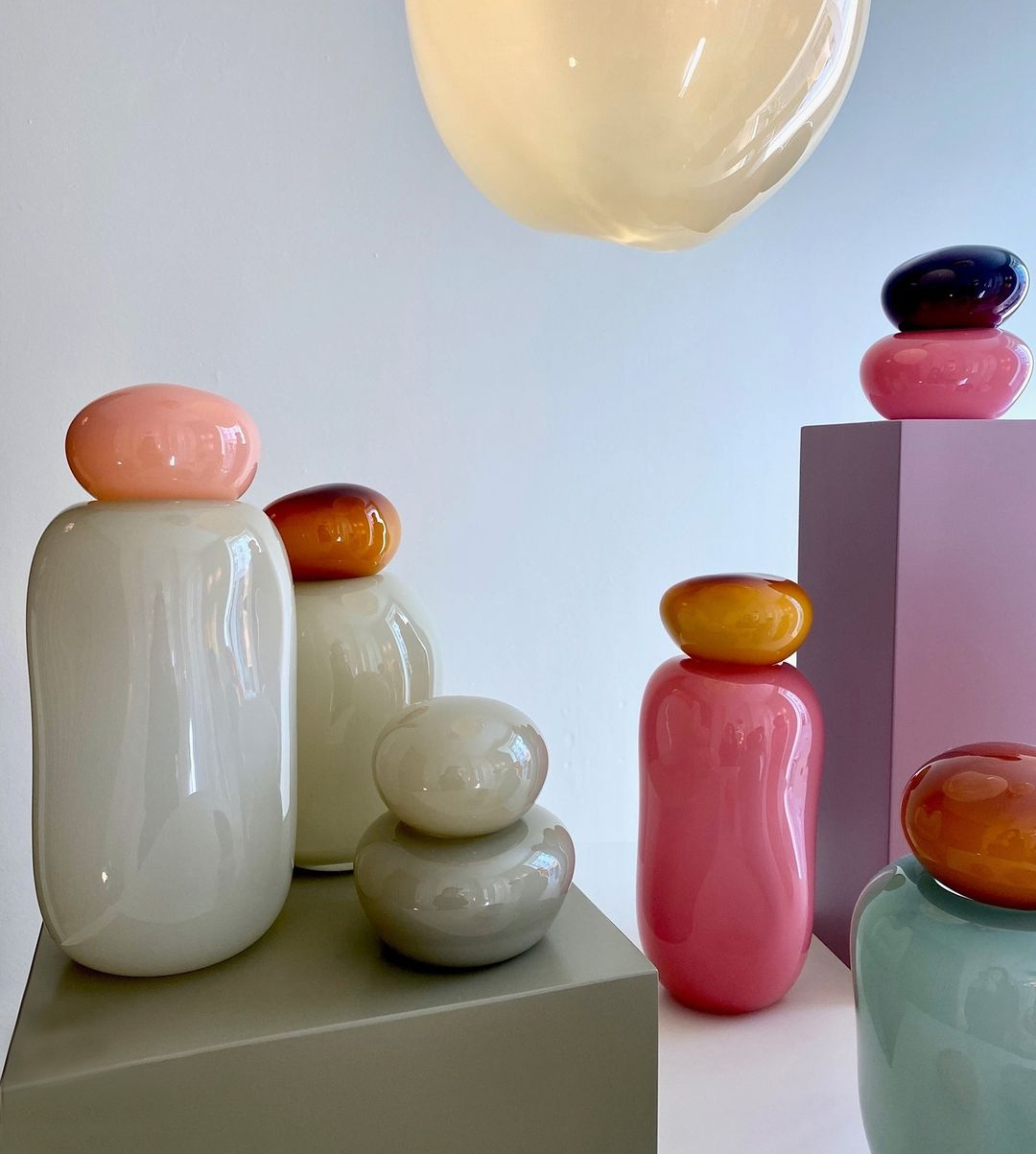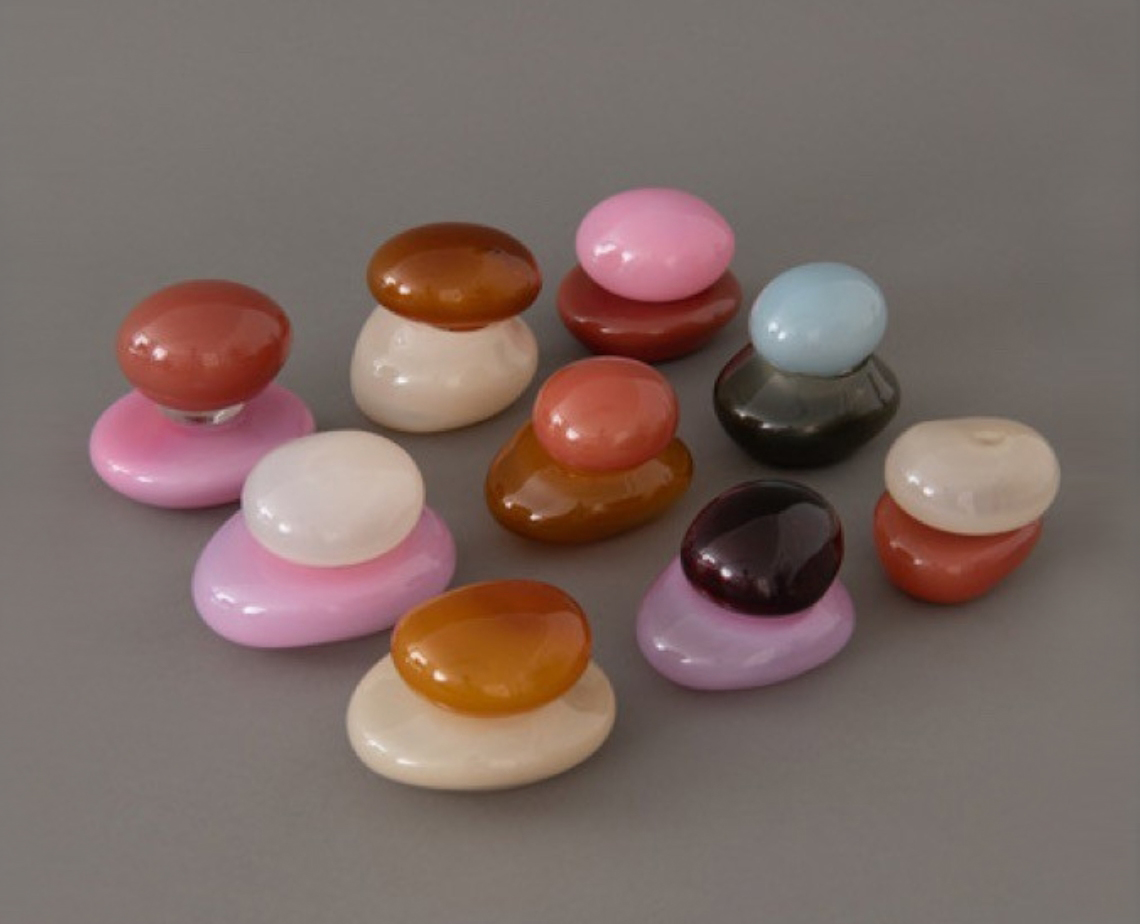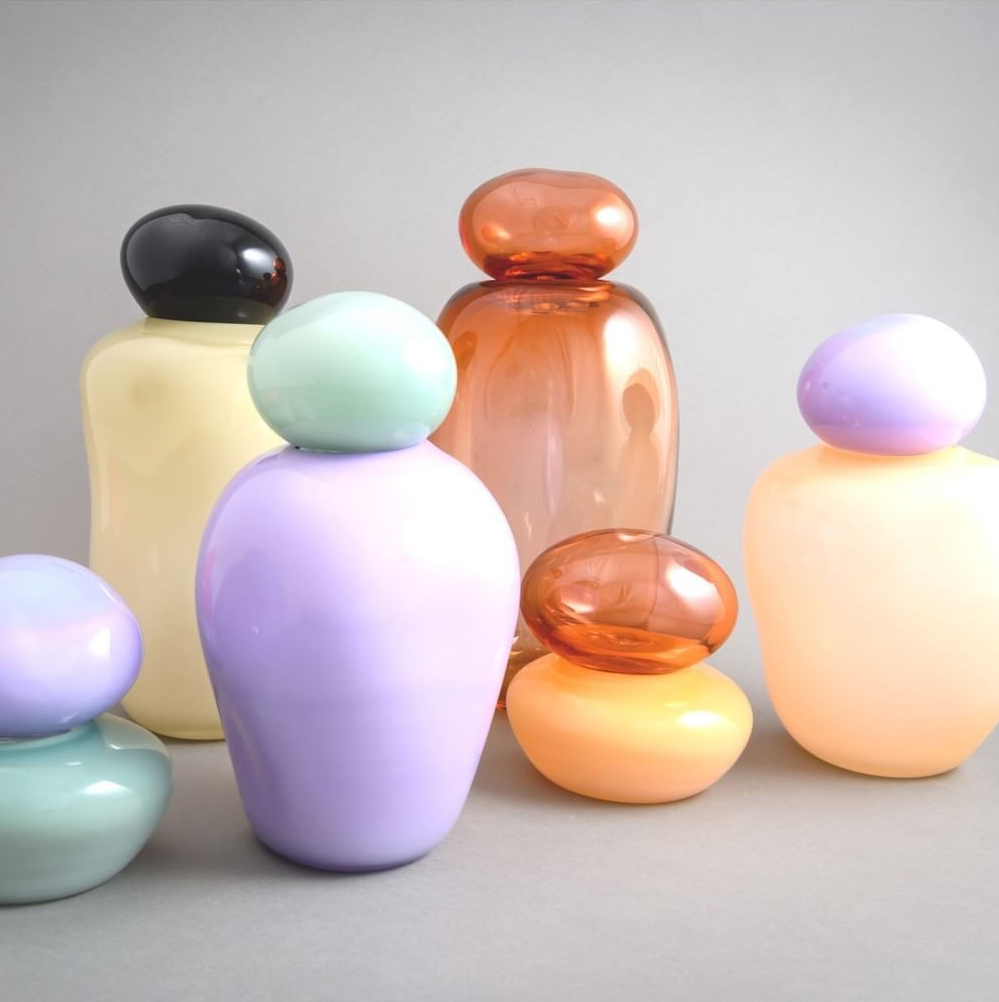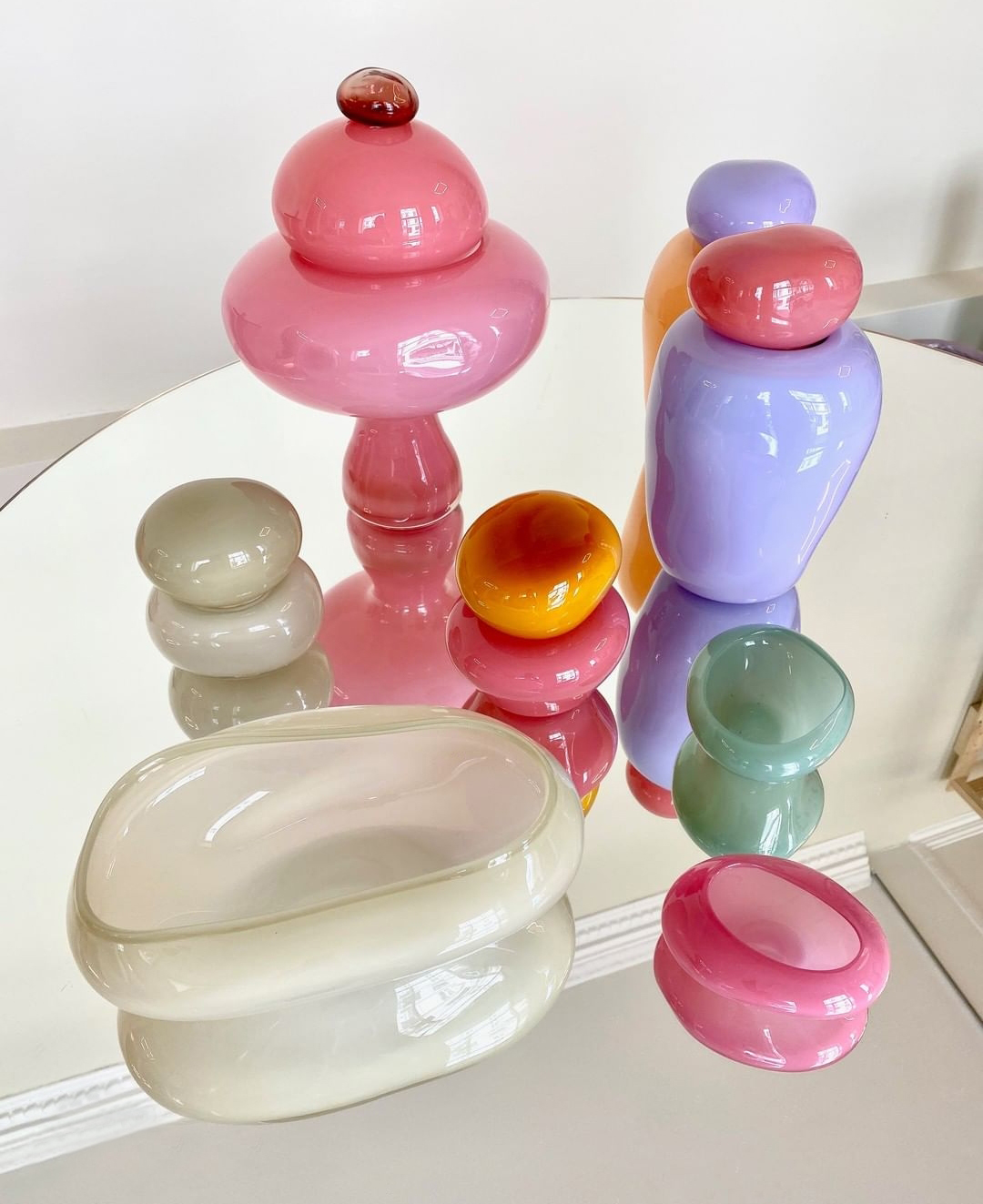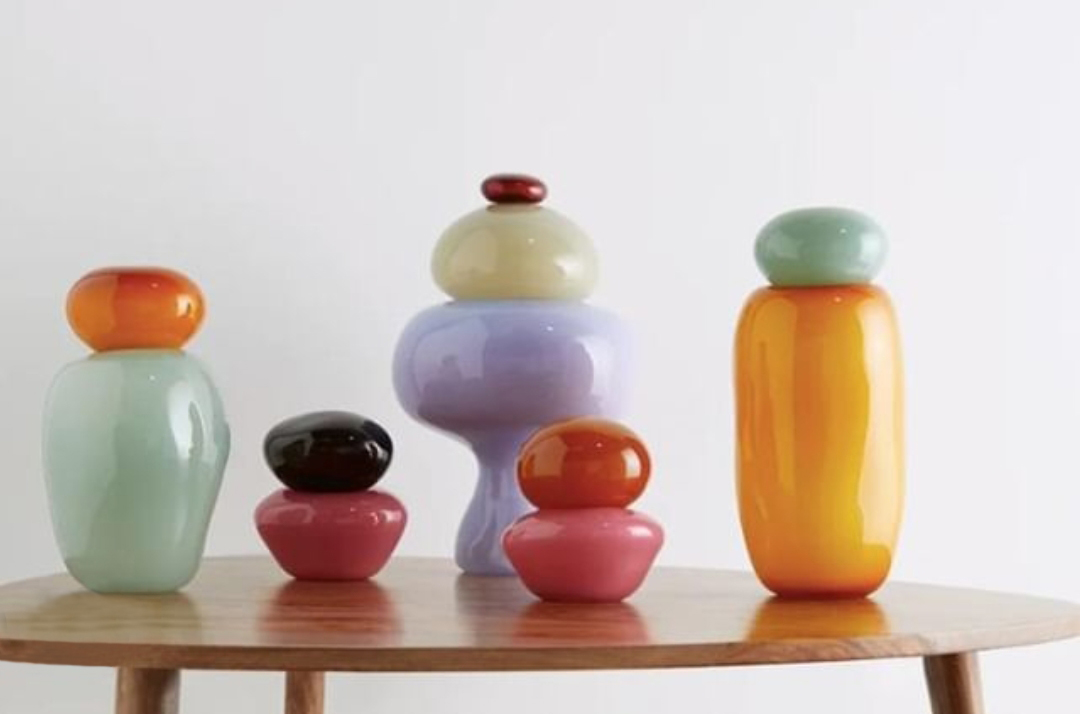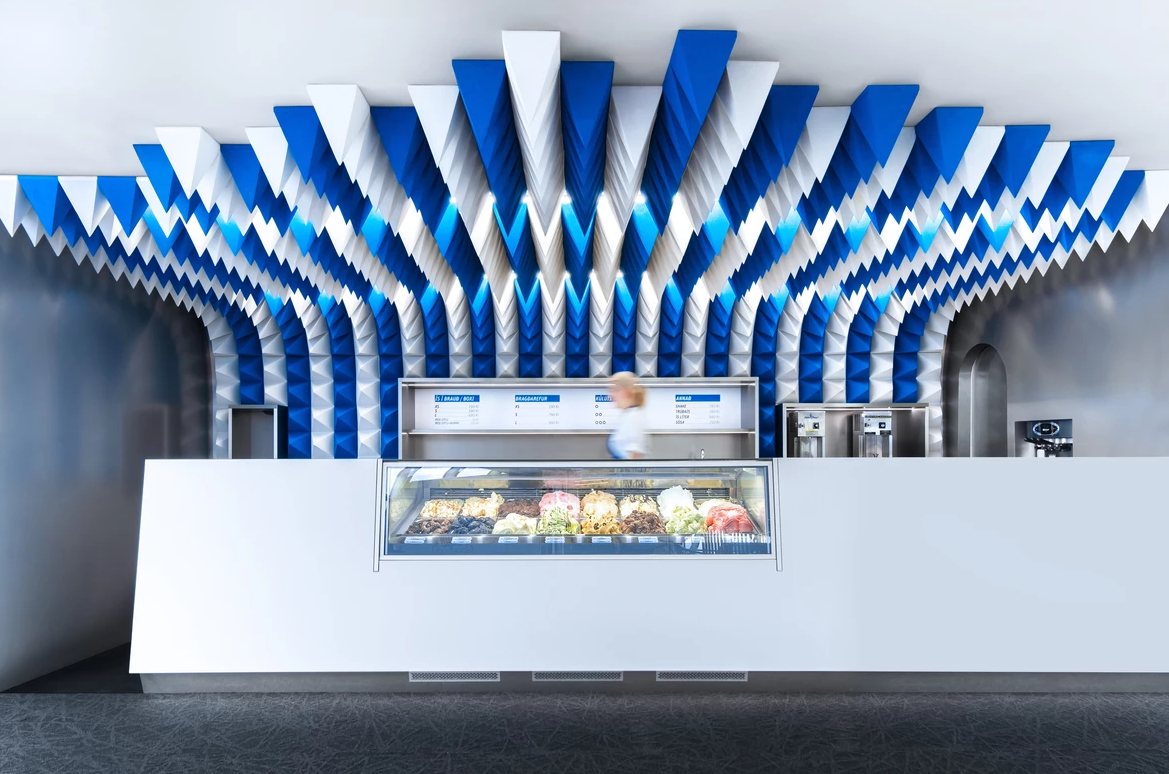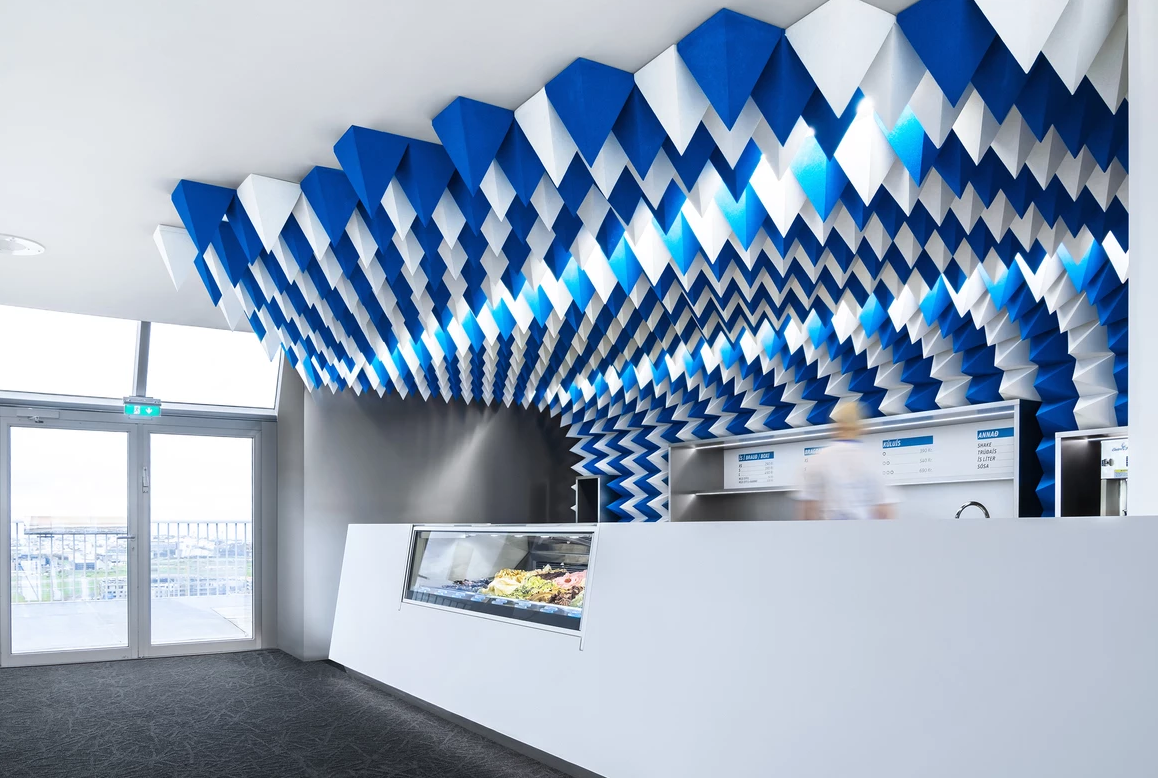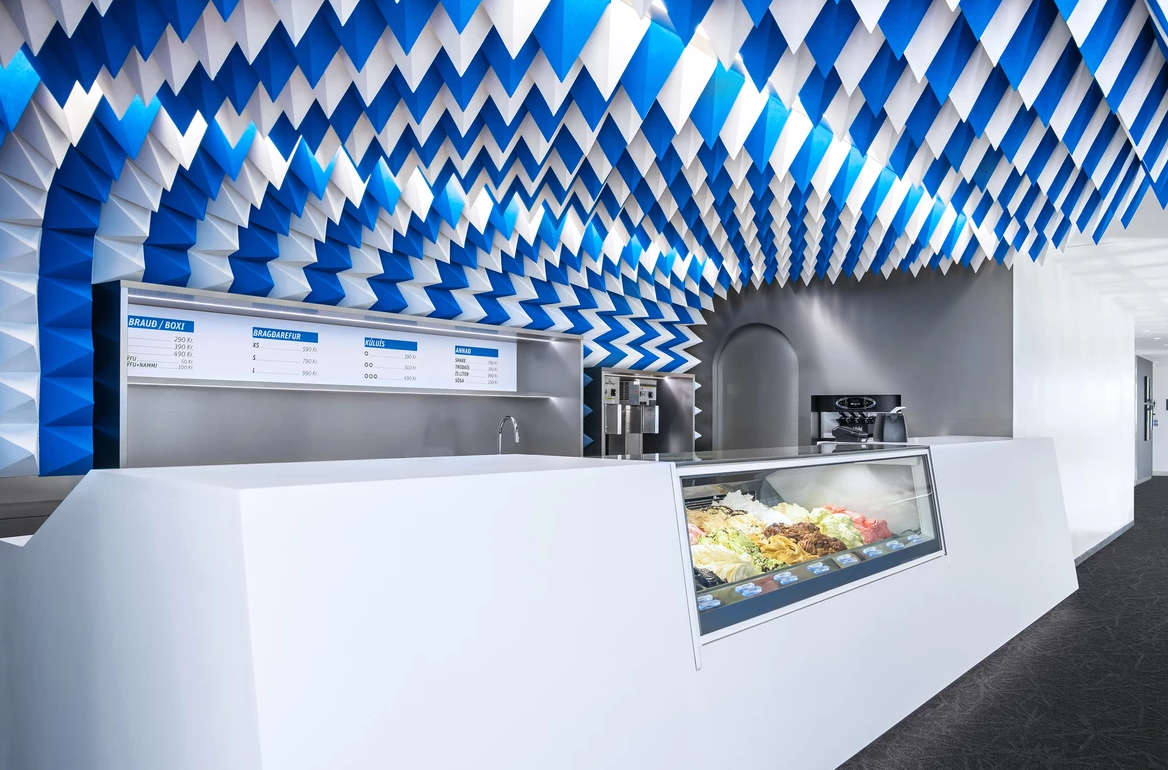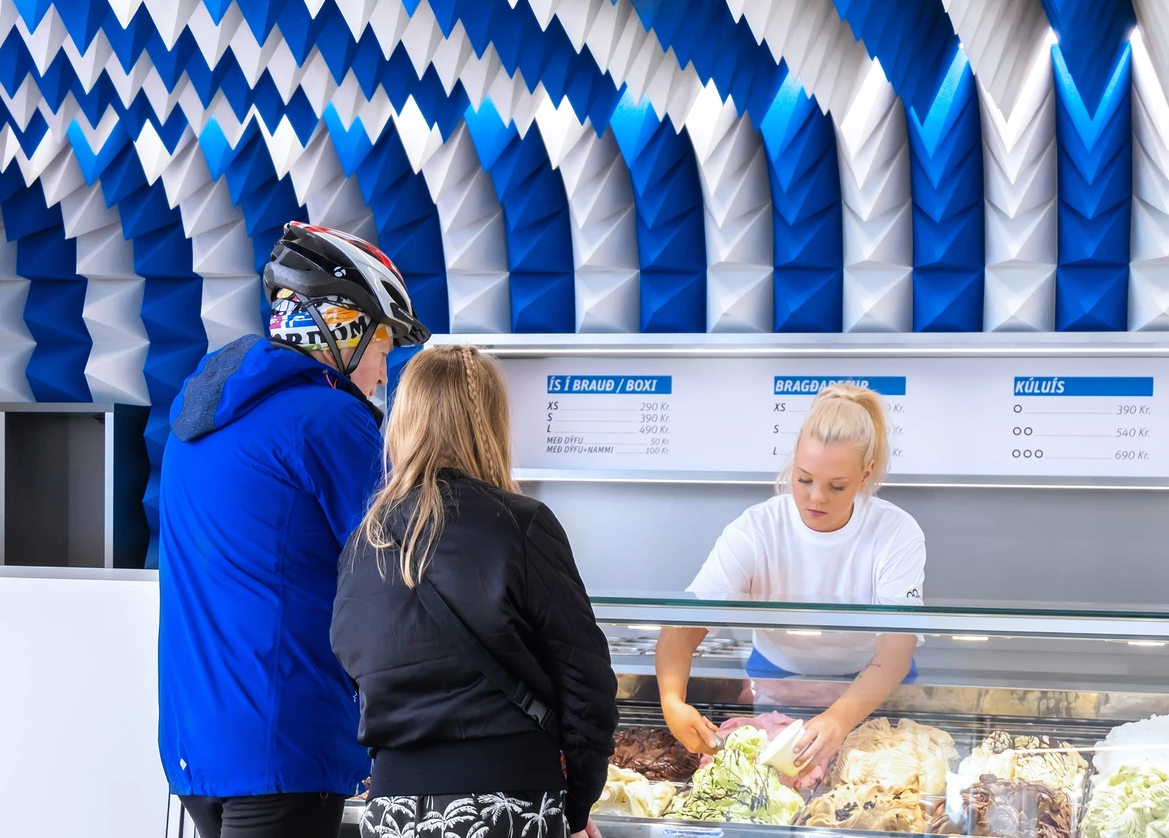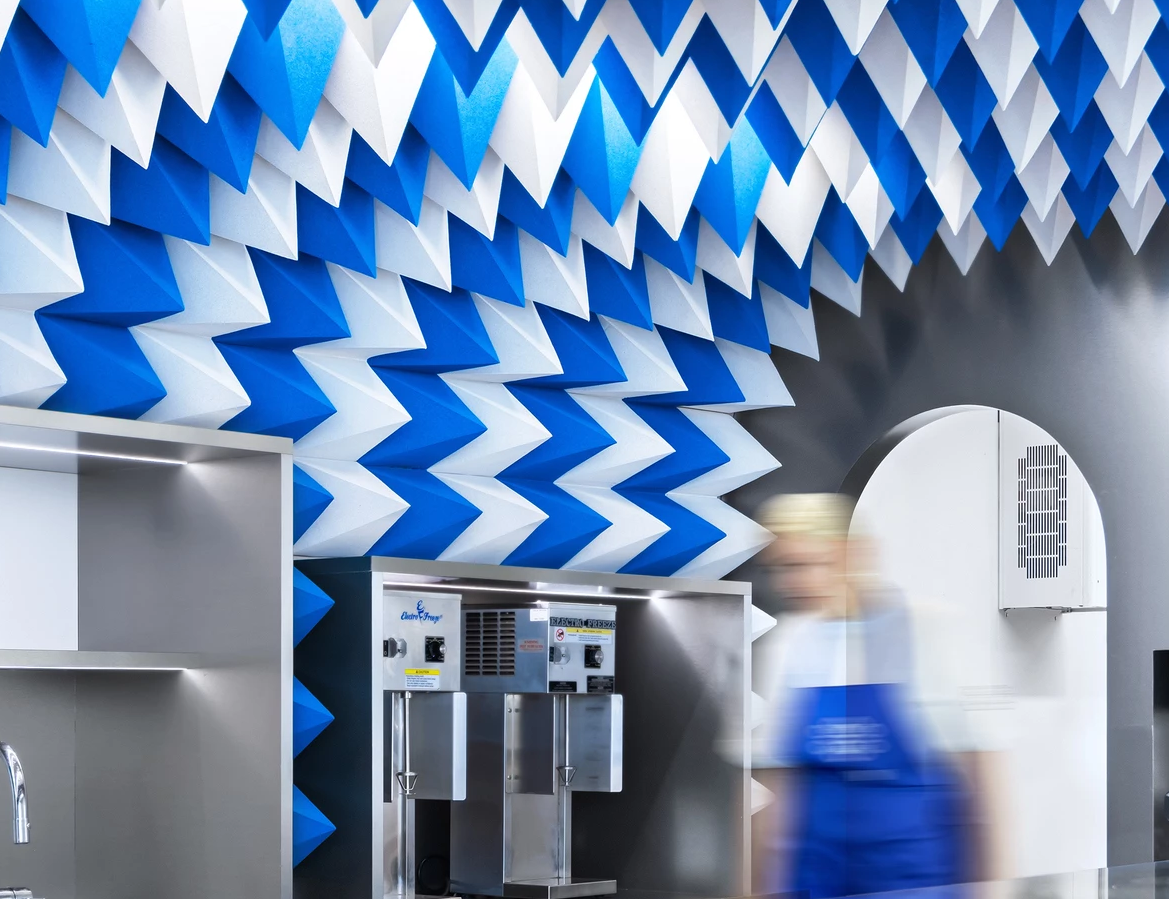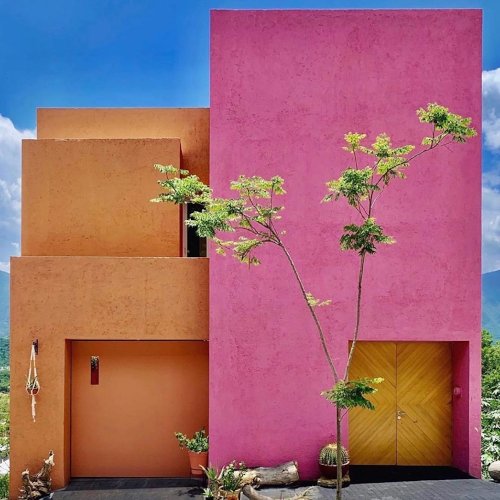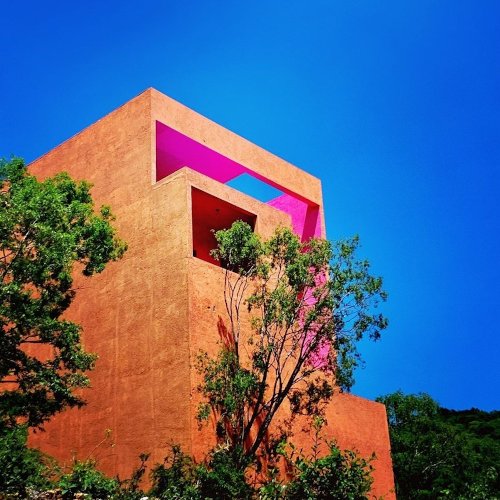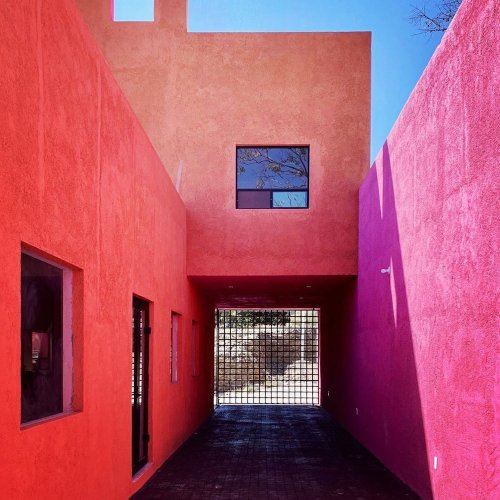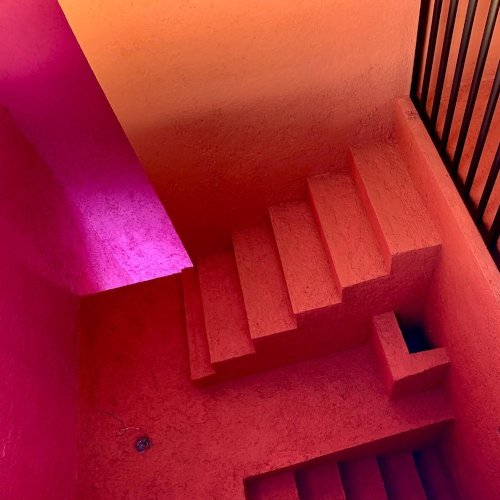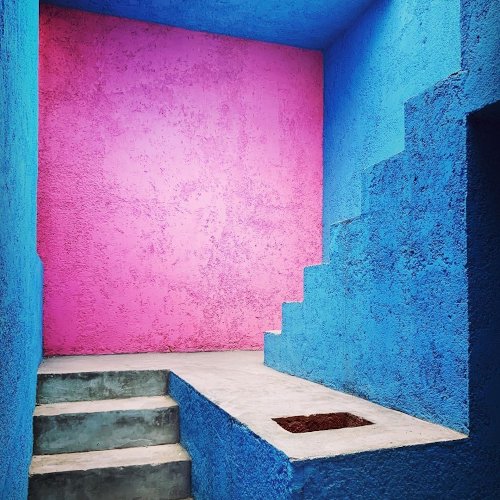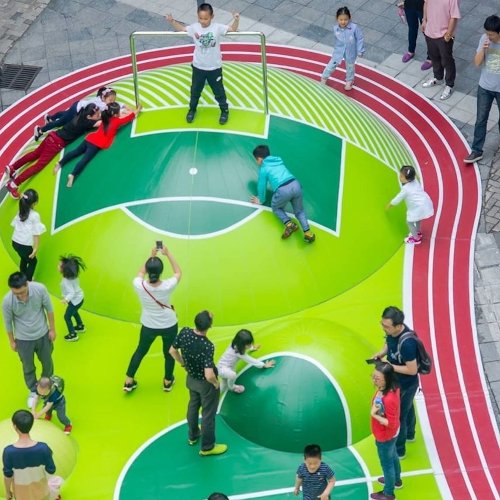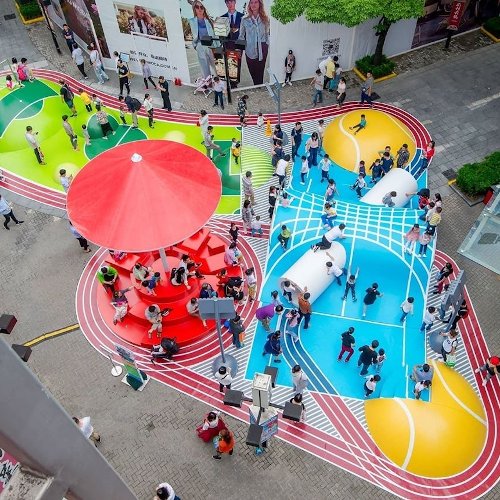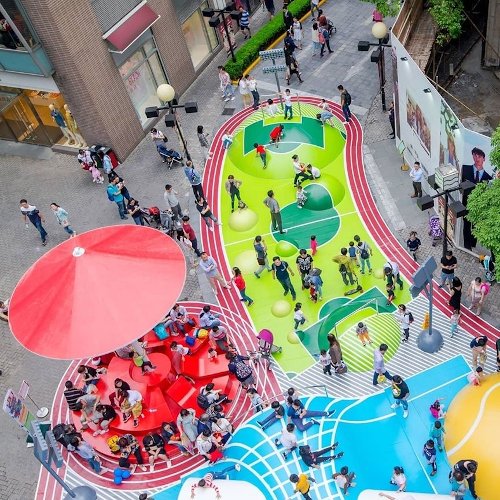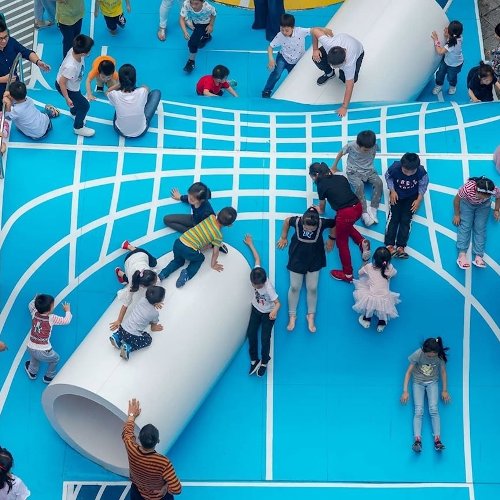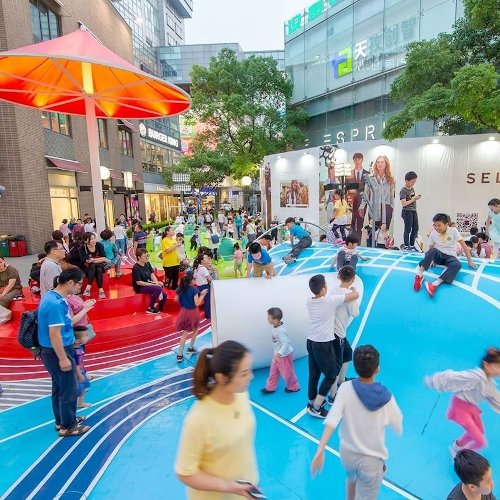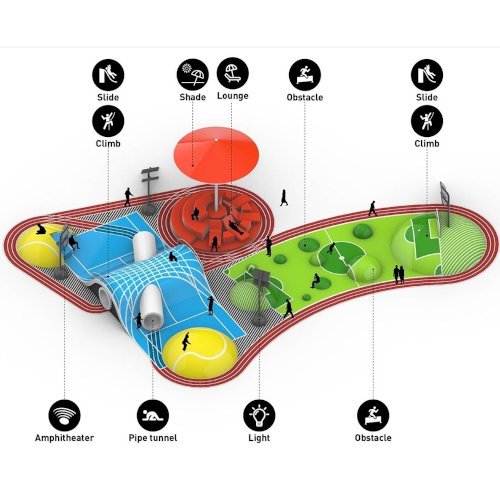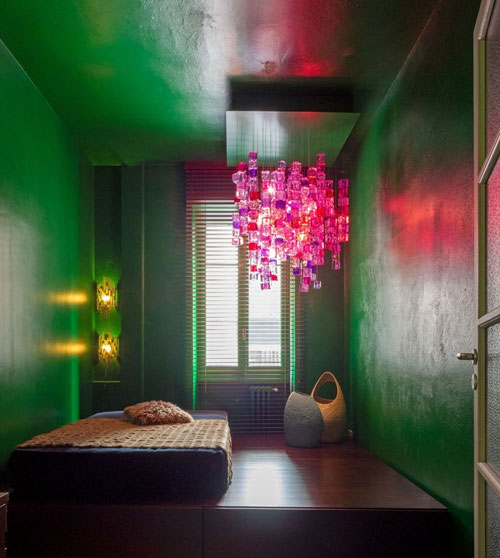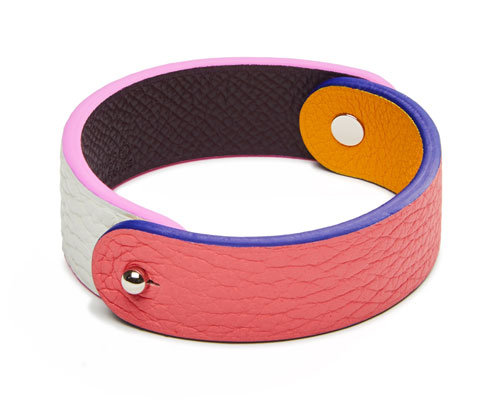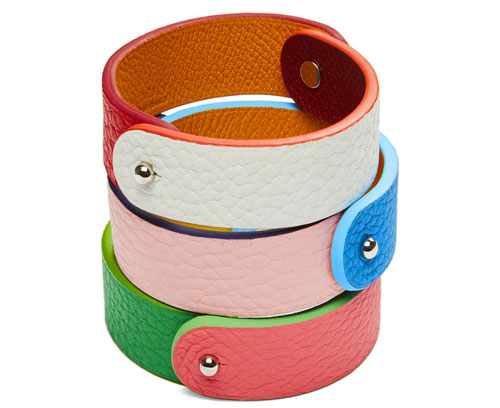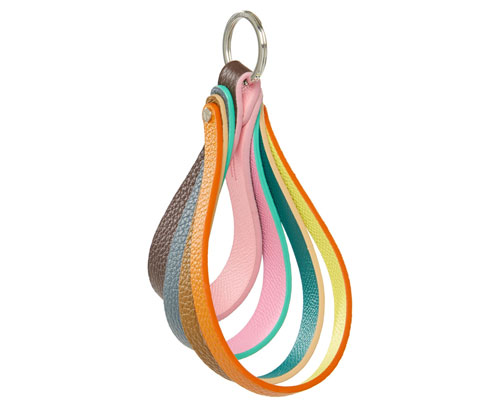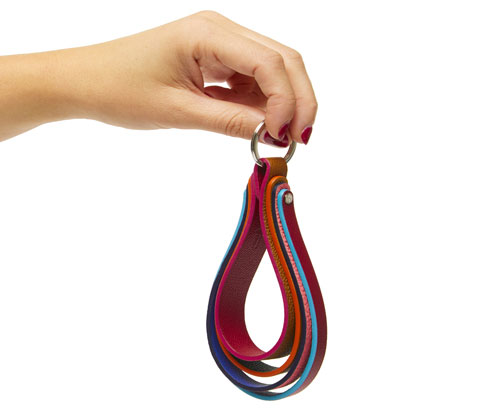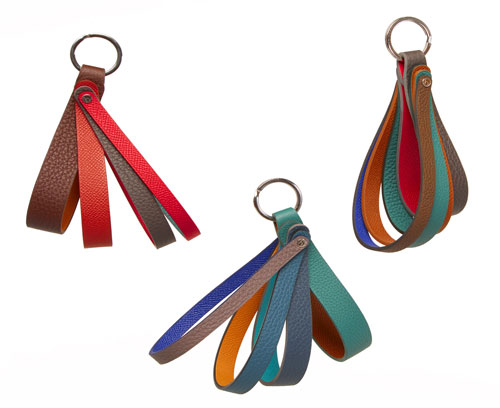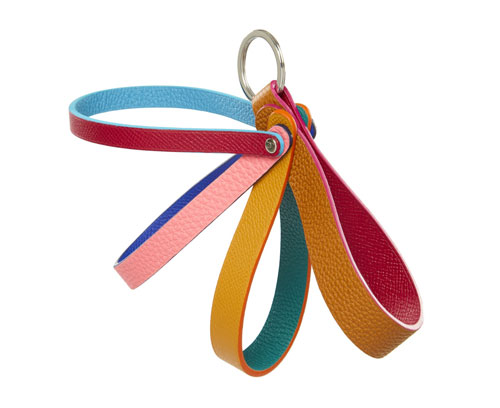CARAMELLE DI VETRO
GLASS CANDIES
PRODUCT | HELLE MARDAHL
Attualmente esiste in Danimarca un indirizzo del design, molto ben identificato, focalizzato sull’oggettistica decorativa per la casa. Di questo filone fa parte anche Helle Mardahl, che produce e commercializza vasi in vetro colorato, prevalentemente non trasparente.
La designer soffia a mano vasi di vetro da tavolo simili a caramelle. Ma il suo approccio artigianale va ben oltre la produzione seriale delle stesse caramelle. Essa emerge soprattutto dall’idea dell’irregolarità a tutto campo: invece di creare figure perfette, lascia che nascano sagome tondeggianti un po’ deformate, in modo che ognuna sia unica. A questa casualità si aggiungono variazioni dimensionali e soprattutto una vastissima varietà cromatica.
Con la loro tipica superficie glossy e il loro immancabile coperchio bombato, i vasi di Helle, appaiono come oggetti da pasticceria fiabesca, magici, al di sopra delle variazioni del gusto.
Glass candies – Currently there is a very well identified design address in Denmark focused on decorative objects for the home. Also part of this trend is Helle Mardahl, which produces and markets vases in colored glass, mainly not transparent.
The designer hand blows glass candy-like tabletop vases. But his artisan approach goes far beyond the serial production of the candies themselves. It emerges above all from the idea of full-scale irregularity: instead of creating perfect figures, she lets slightly deformed rounded shapes arise, so that each is unique. To this randomness are added dimensional variations and above all a vast chromatic variety.
With their typical glossy surface and their inevitable rounded cover, the vases by Helle appear like fairy-tale pastry objects, magical, above the variations of liking.

